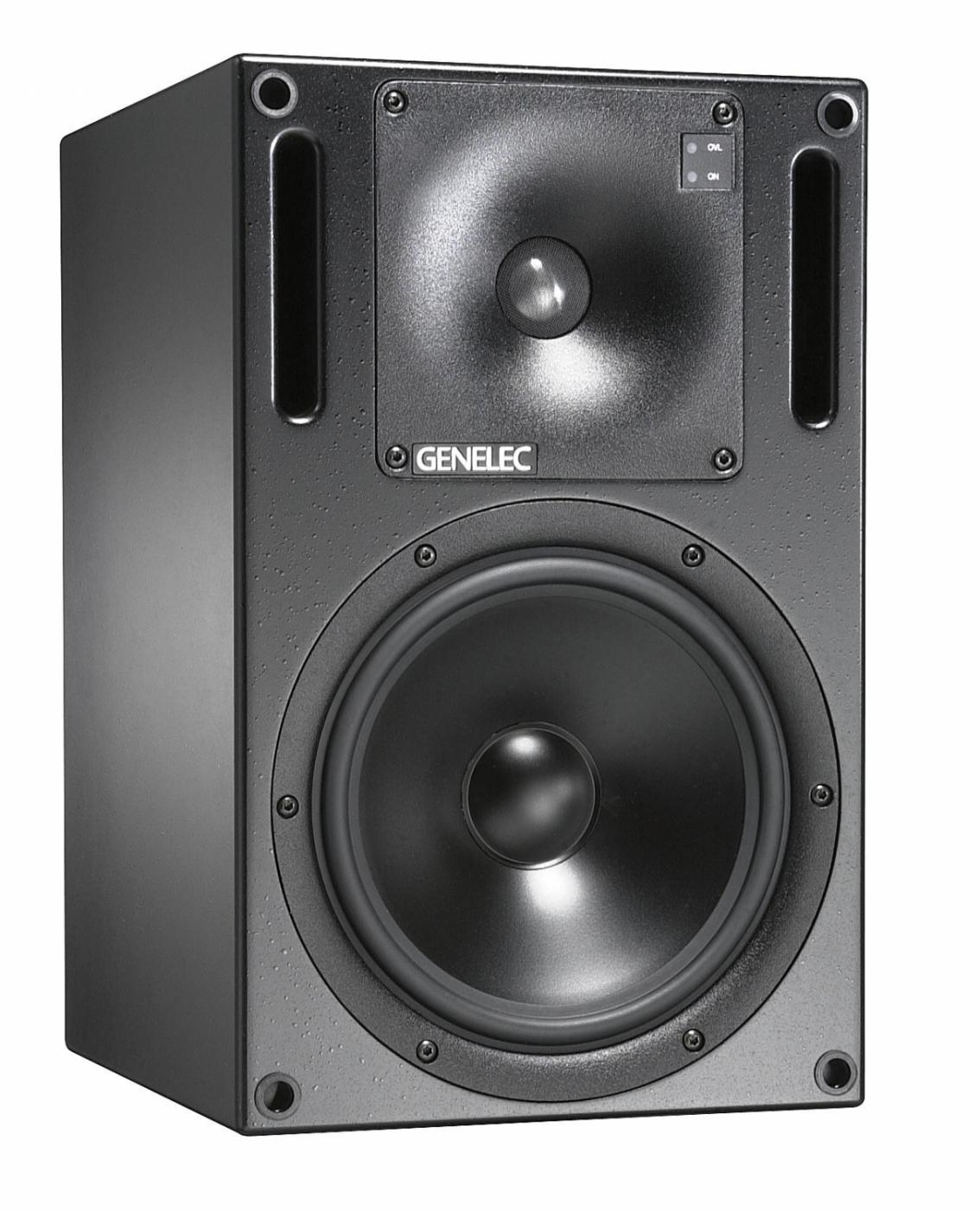Genelec Active Monitors Take Michael Bublé’s Classics into the Immersive Dimension
International vocal superstar Michael Bublé’s first immersive collection, The Essential Michael Bublé, officially released on August 12 on Apple Music, Tidal and Amazon Music, came to life with the same high artistic and technical standards as all of the four-time GRAMMY®-winning vocalist’s original recordings. The project was helmed by producer Humberto Gatica, who has produced six of Bublé’s last LPs (all of which were GRAMMY nominated and four of which won their respective categories), and recording engineer Carlos Rodriguez, aka Carlos Rodgarman, who has worked with numerous international artists. The new LP was mixed using Dolby Atmos®, from stems of previous Bublé recordings. And in addition to the singer’s artistry and Gatica’s attention to detail, all of the recordings and mixes also shared another key aspect: they were all done using active monitors from Genelec.
Most of the recordings, which date back to 2006’s It’s Time, were also originally mixed on Genelec 1031A and 1032A speakers, the same ones Gatica — who has also won GRAMMYs for his recordings and mixes of Celine Dion’s “My Heart Will Go On” and Chicago’s album 17 — has used for three decades. “I’m still using my original 1031s for mixing to this day,” says Gatica. “I cannot imagine recording and mixing without them. Wherever in the world I was recording, if I needed to, I’d fly in some 1031s! So naturally, for Michael’s first Atmos mixes, we had to work on Genelecs.”

Photo caption. Carlos Rodgarman and Humberto Gatica, pictured in Rodgarman’s Los Angeles-area studio, RG Music, where Rodgarman recently implemented a 7.1.4 Dolby Atmos® monitoring array composed of an arsenal of Genelec Smart Active Monitors™. Visible are Genelec 8341A speakers as the L-C-R front array and 8320A speakers as the overhead array.
Gatica had recently begun working with Rodgarman in the latter’s Los Angeles-area studio, RG Music, where Rodgarman recently implemented a 7.1.4 Atmos monitoring array. It is composed of an arsenal of Genelec Smart Active Monitor™ systems, including Genelec 8341A speakers for the L-C-R front array, four 8331A speakers as the left and right side and rear surrounds, and four 8320A speakers as the overhead array, as well as both a 7370A subwoofer matched to the L-C-R array and a 7350A sub matched to the surround and overhead speakers. “Between the sound of the Genelecs and the technology, like the GLM automatic calibration, this was a no-brainer for the project with Humberto and Michael,” says Rodgarman, a native of Galicia, Spain, who has recorded, arranged and produced for artists including vocal trio The Serenad3, Juan Gabriel and the Afro-Peruvian Jazz Orchestra. “The GLM did an excellent job of calibrating the entire Atmos speaker array, but even for stereo work, I’ve come to rely more and more on the Genelecs. The imaging is spectacular, and just as important, when moving from the stem recordings that were done years ago to mixing in Atmos now, we can trust that the Genelecs are showing us what the actual sounds are. The move to immersive in Atmos means that perspectives will change, from front to back to above, for instance, but we know we’ll always be hearing exactly what was originally recorded and mixed on the original Genelecs years earlier.”
That kind of faith in the sonic accuracy of monitoring can literally change the outcome of a project like this, when a world-class artist entrusts his legacy recordings to a new music format. “The Genelec monitoring here is a big reason why Carlos and I decided to work together on this project,” says Gatica. “When you’re confident in the way things sound, when you know the direction you’re going is right, then you can start to begin to polish and reshape the sounds and really get into it. The Genelecs are able to fully reproduce the musicality of the instrumentation and the vocals. The way I like to work is to start with the lead vocal and then find the right balance for the accompaniment. With Atmos on recordings done almost 20 years ago for stereo, you may need to use some EQ to smooth things out as you move the balance between front, rear and overheads. But you also have to be careful that you don’t end up over-EQing certain things in the process. You have to listen and look at the objects and reshape as needed – maybe a little more air on the vocal, for instance. But you need to have an accurate picture of what you’re listening to. That’s what Genelec gives us.”







